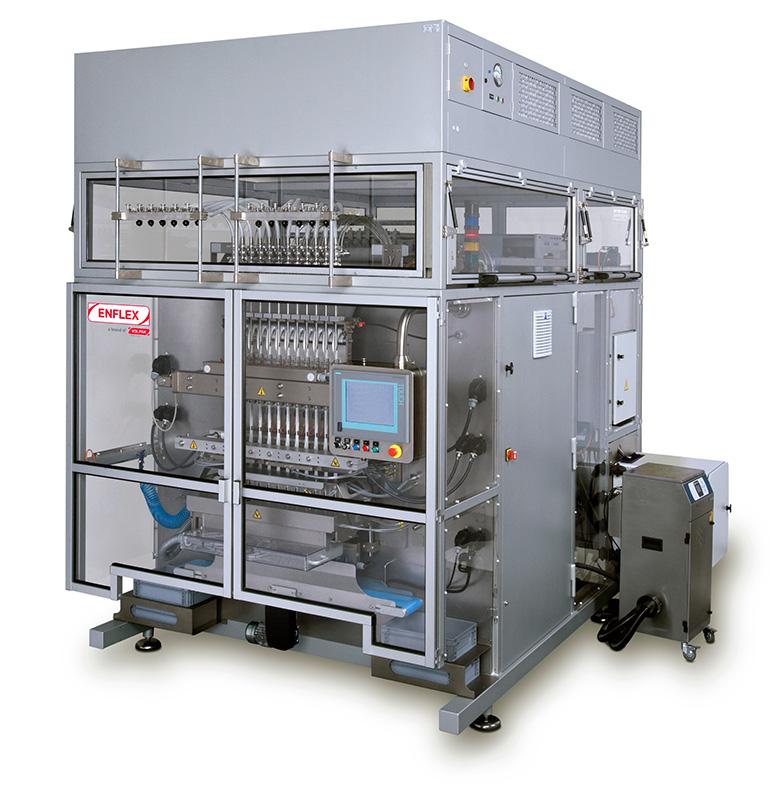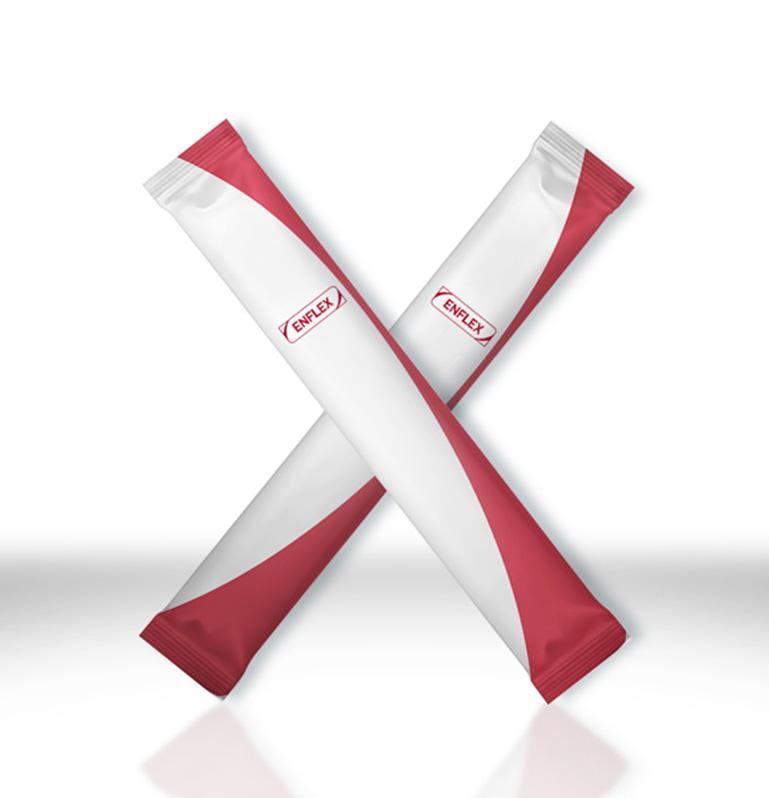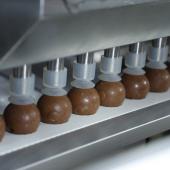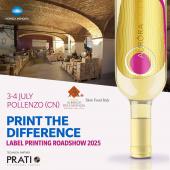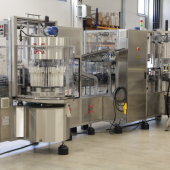Progress in form-fill-seal packaging
After the pandemic, Volpak (Coesia Group) is “up and running” again, with a series of new technologies for pouch packaging, presented at the latest interpack. Francesco Busquets, Head of Sales & Marketing of the company talks to us about this and also tells us how group synergies have had a decisive impact on design activities, with more than positive results in terms of the commercial offer.
Luciana Guidotti
Consolidated know-how in the design and construction of automatic machines for the packaging of liquids and solids (from home & personal care to food) in pre-formed flexible bags: Volpak continues its ambitious evolution on the basis of this premise.
Many of the new developments under the international spotlight of interpack bear its name, and are particularly interesting as they are the fruit of the organic approach which is guiding the activities of all the companies in the Coesia group: developing complete solutions for optimizing enterprises’ profitability, combining automation and sustainability.
«At the end of the day, however, our philosophy is always the same: aiming for flexibility, and rapidly adapting to changes, improving technology and making it ever more advantageous, in order to supply tailor-made machines at an accessible price» Busquets begins, coming straight to the point.
From standard to special: easy
«Volpak SM+ is the new horizontal pouching platform, conceived for a very short time-to-market and variable productions, both in terms of product and of format» explains Busquets. «Equipped with magnet-based transport technology, it’s designed to be authentically modular, given that it permits a flexible configuration of independent stations, as well as completely automatic format changes. In practice, you choose a format, you press a button, you choose another one … and, in effect, production capacity is doubled. This is all achieved with a single, very versatile, 100% scalable machine, with different modules being developed after starting from a basic configuration. If, in fact, a customer wants something “strange”, that no one has ever supplied before, they will have a machine that will be “very special” for them but very standard for us, given that we can develop and deliver the plant in a very short time».
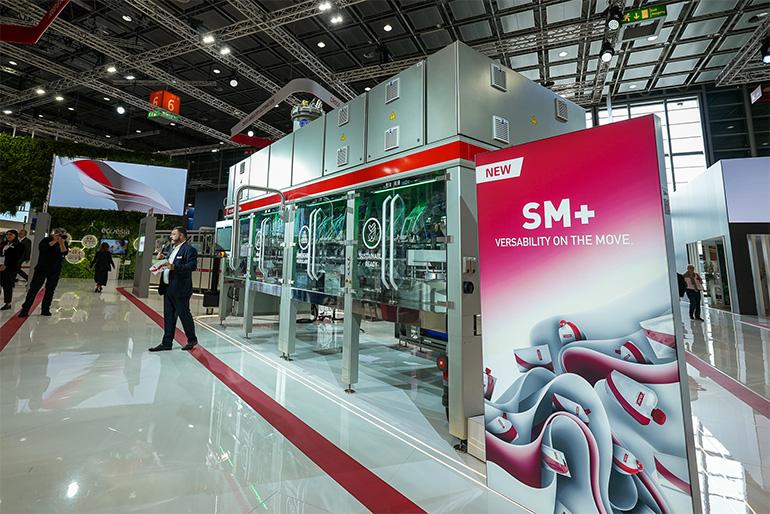
Complete solutions through dialogue
Designed for producing mono-material bags for food, the Volpak SI 280 is completely integrated in the so-called “pouching box” line, where packaging systems made by other Group companies coexist.
«Our form-fill-seal is in line with an R.A Jones case packer with automatic format change and, when the packages are ready, arrive at a palletiser with Flexlink collaborative robots. The systems not only communicate easily between each other - Busquets points out – but also have much in common. This is thanks to OptiMate (the HMI based on Coesia proprietary technology, Ed.), assembled as standard on our machines».
Once again, Volpak is, therefore, responding to an increasingly widespread need: to have a machine control tool that combines simplicity of use and advanced functionalities. OptiMate, in fact, accompanies and guides the operator in activities such as format change or maintenance, allowing them to have full control of the different functions. The intelligent interface facilitates navigation of the different menus and simplifies procedures, such as the visualisation of spare parts, access to technical documentation and the generation of production reports.
An upgrade for the pharma sector
The Enflex PHS series is the flagship of the solutions portfolio designed for the mono-dose stick pack packaging of liquids and powders, once again the fruit of the synergetic approach followed by the Group. The manager explains:
«We have always supplied machines to the pharmaceutical sector, particularly to co-packers or small companies, without, however, managing to meet the specifications of the large operators. Three years ago, we therefore decided to take a series of actions to fill this gap and to create a new department dedicated to dealing with authorisations, validation and ad hoc documentation, in order to be able to serve a wider range of customers. Hence the Enflex PHS series, in which we have merged our traditional technology for very compact and highly efficient food machines, adapting it to the specific needs of the pharmaceutical sector.
With regards to this machine, I would like to highlight the dosing system, a filler for powders, which can be rapidly modified. Designed to produce single-dose packs, fill them and seal them, it’s connected to a HAPA printer able to print, besides the QR code, all the information in the languages of the various destination countries: with our machine, it’s not even necessary to stop production; you just need to press a button. In addition, it’s possible to validate the machine in a very simple and rapid way, enabling us to achieve excellent commercial results, gaining the appreciation of large pharmaceutical groups thanks to the flexibility and speed that we are able to guarantee».
The Sustainability question
Like other companies in the Coesia Group, Volpak is obviously dealing with the many problems imposing substantial changes in the packaging sector.
«Starting from the fact - concludes Busquets – that all our activities revolve around sustainability. It’s not only a case of “painting the wall green”: much technology is needed, for example, in order to manage modern materials which are mono-material or recyclable or alternative to plastic (which, the manager points out, remain, in any case irreplaceable despite their poor reputation for many people. Ed.), but also to develop machines that consume less energy. We are all trying to understand how to make our business more sustainable and safer, while competing in a market pervaded by complex dynamics which are very different from the past. One above all others: the extreme speed with which products are offered to consumers. While in the recent past, in fact, brands “fought” with each other to bring products onto shop shelves, today competition arrives from the on-line trade in terms of the supply chain and also the methods of communication through the social networks, which in a certain sense indulge the fickleness of tastes and the desire for something new. The life-cycle of a product is, therefore, very short, contrasting with the mass production/lower cost pairing».
Besides overcoming technological obstacles, automatic machine producers have to, therefore, interpret the present without losing sight of the need to provide profitability to enterprises and customers.



